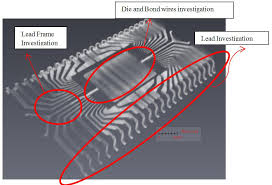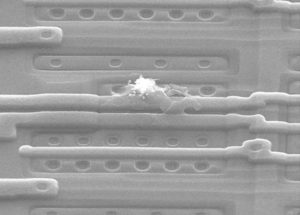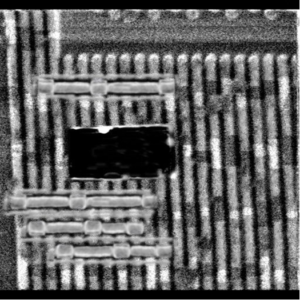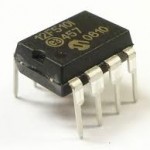Crack MCU ATmega861A Heximal
Crack MCU ATmega861A needs to decapsulate the silicon package and use the microprobe tip to get access its databus which connect both eeprom and flash, extract Heximal out from its memory;
A Power-on Reset (POR) circuit ensures that the device is reset from Power-on. Reaching the Power-on Reset threshold voltage invokes a delay counter, which determines the delay, for which the device is kept in RESET after VCC rise.
The time-out period of the delay counter can be defined by the user through the CKSEL fuses. The different selections for the delay period are presented. The RESET signal is activated again, without any delay, when the VCC decreases below detection level. An External Reset is generated by a low-level on the RESET pin which can be used for the MCU Program reading.
Reset pulses longer than 500 ns will generate a reset, even if the clock is not running. Shorter pulses are not guaranteed to generate a reset.
When the applied signal reaches the Reset Threshold Voltage (VRST) on its positive edge, the delay timer starts the MCU after the Time-out period tTOUT has expired.
ATMEGA861A has an On-chip Brown-out Detection (BOD) circuit for monitoring the VCC level during the operation. The BOD circuit can be enabled/disabled by the fuse BODEN.
When BODEN is enabled (BODEN programmed), and VCC decreases below the trigger level, the Brown-out Reset is immediately activated.
When VCC increases above the trigger level, the Brown-out Reset is deactivated after a delay. The delay is defined by the user in the same way as the delay of POR signal.
The trigger level for the BOD can be selected by the fuse BODLEVEL to be 2.7V (BODLEVEL unprogrammed), or 4.0V (BODLEVEL programmed). The trigger level has a hysteresis of 50 mV to ensure spike-free Brown-out Detection.
Tags: crack mcu source archive,crack mcu source bin,crack mcu source code,crack mcu source content,crack mcu source data,crack mcu source eeprom,crack mcu source file,crack mcu source firmware,crack mcu source hex,crack mcu source information,crack mcu source memory,crack mcu source program







